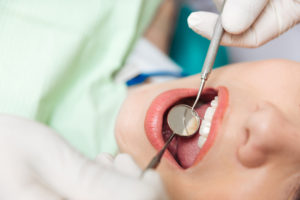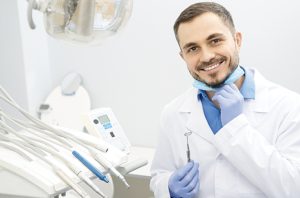If bacteria is suspected to be causing disease or increasing risk factors, a periodontist may prescribe bacteria testing. Gum disease is the most common result of bacterial caused oral issues and is suspected to lead to other health issues. The testing allows a periodontist to learn the level of bacterial infection and infestation, which can help determine the best approach to controlling it and removing it as an oral threat.
Risk Assessment: When a patient enters a medical center, their degree of injury or illness, as well as the risk of either becoming worse, is assessed by medical personnel. A patient having chest pains, for example, will be assessed as being a larger risk of dying than a patient who suspects they broke a finger. A patient bleeding profusely because of a wound, may take priority over a patient experiencing flu symptoms.)
This assessment is called triage in emergency room settings and lets nurses and doctors prioritize what patients get seen and treated in a particular order. Knife wounds and heart attacks will get treatment quicker than broken fingers and the flu, for example.
The same happens with periodontal patients, without the prioritization of one patient over another. The periodontist and dental personnel examining a patient’s mouth are making an assessment as to the presence of disease, its proliferation and the proper treatment regimen.
With bacterial testing, the purpose is to gauge how prolific gum disease-causing bacteria is and what the appropriate level of treatment is (much like with triage.) A test result gives the periodontist key information regarding how to go about repairing a patient’s oral health. Bacterial testing helps:
- Diagnose disease or disease risk factors,
- Document bacteria levels in the mouth,
- Verify associated diagnosis (if no bacteria is present, but the patient has evidence of gum damage, it might not be because of disease, but other contributing factors,)
- Help determine proper treatment approaches,
- Track and monitor treatment effectiveness and progress,
- Provide a documentation history of treatment should the patient have a recurrence of the issues that brought them to the periodontist in the first place.
How it works: A bacterial test is administered by a periodontal clinician placing a small piece of paper in the patient’s mouth, near or in the gum pocket suspected to be under assault or at risk. The paper will absorb samples, including bacteria and evidence of bacteria.
Once removed from the patient’s mouth, the sample is sent to a lab for testing. The sample is analyzed and the results are sent to the periodontist. From that, they can make decisions regarding disease presence, risk factors and treatment.
















